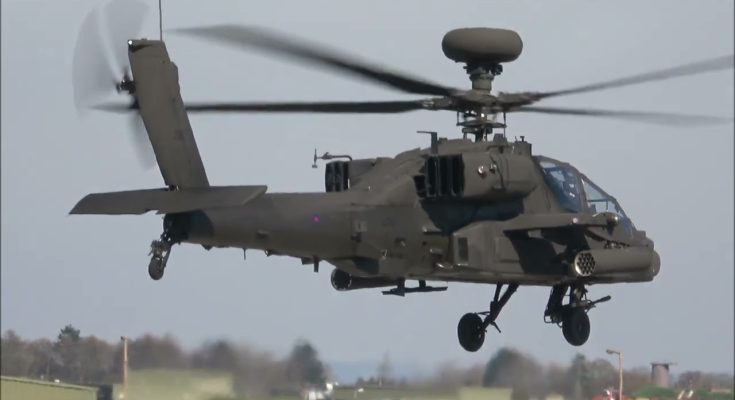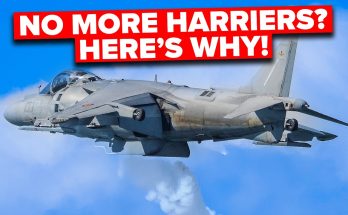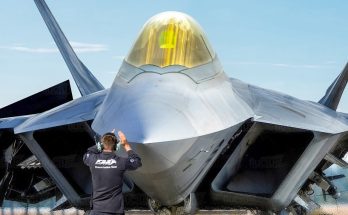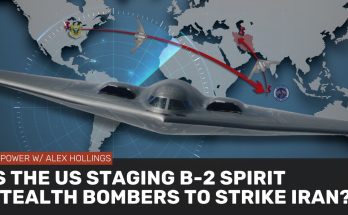On March 27, 2025, six Apache helicopters were stationed at RAF Waddington, a key base in the United Kingdom known for its role in intelligence, surveillance, target acquisition, and reconnaissance (ISTAR). The presence of these helicopters at RAF Waddington highlights the ongoing evolution of the British Army’s aerial capabilities and their collaboration with the Royal Air Force (RAF).
RAF Waddington, located near Lincoln, is a hub for a variety of sophisticated aircraft, including the Boeing RC-135W Rivet Joint, the Beechcraft Shadow R1, and the General Atomics MQ-9 Reaper. It serves as the home for several units that provide intelligence and reconnaissance capabilities to support military operations. The base is crucial for operations involving the latest surveillance technologies, and the deployment of Apache helicopters alongside these systems demonstrates the increasing convergence of intelligence, surveillance, and strike capabilities within the British military.
The Apache helicopters observed on March 27 were most likely the AH-64E Apache, an upgraded variant of the AH-64 Apache that has been gradually replacing the older AH-1 models within the British Army. The AH-64E Apache is equipped with cutting-edge avionics, sensors, and weapons systems, which are designed to improve battlefield effectiveness. These upgrades allow the Apache to carry out a wide range of tasks, from close air support to reconnaissance, and they significantly enhance the helicopter’s survivability and operational range in modern combat environments.
The British Army’s transition to the AH-64E Apache is a strategic move aimed at bolstering its attack and reconnaissance capabilities. By 2024, the Army had planned to operate a total of 50 AH-64E Apaches, based primarily at Wattisham Flying Station in Suffolk. This transition began as the older AH-1 models were phased out, with the new Apache helicopters offering enhanced situational awareness, greater precision, and more robust communications systems. The AH-64E is seen as a versatile and powerful platform capable of providing critical support to both ground and air operations.
RAF Waddington, being an ISTAR hub, likely hosted these six Apaches as part of an operational deployment or a training exercise. Apache helicopters are frequently deployed to work in close coordination with other platforms in integrated operations. The helicopters’ presence at Waddington could have been for a joint exercise with other surveillance or reconnaissance units, testing their coordination and interoperability in a real-world setting. Additionally, training exercises that simulate battlefield conditions or readiness evaluations are common at RAF bases with such strategic importance.
The Apache helicopters stationed at RAF Waddington could have been participating in joint operations with RAF personnel to refine tactics, improve mission planning, or enhance pilot and crew performance in complex environments. The training exercises conducted at RAF Waddington often involve multi-domain operations, where different types of aircraft and sensors are integrated to create a more effective fighting force.
The Apache is known for its ability to operate in challenging environments, including urban warfare zones or heavily defended areas, where its combination of precision strike and survivability makes it an indispensable tool. Its role in precision strike operations can be critical to reducing collateral damage in sensitive or high-risk operations, ensuring that military objectives are achieved with minimal risk to civilians and infrastructure.
In conclusion, the deployment of six Apache helicopters at RAF Waddington on March 27, 2025, underscores the ongoing modernization of the British Army’s aviation capabilities. As part of the transition to the AH-64E Apache, these helicopters are integral to the Army’s plans for an enhanced attack and reconnaissance force. The helicopters’ presence at an ISTAR hub like RAF Waddington further highlights their role in modern integrated military operations, where intelligence and strike capabilities are closely linked. Whether for operational duties or training, this deployment represents a critical element of the UK’s defense posture, combining advanced technology with strategic operational flexibility.



